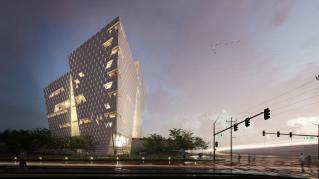
Pulse Memorial
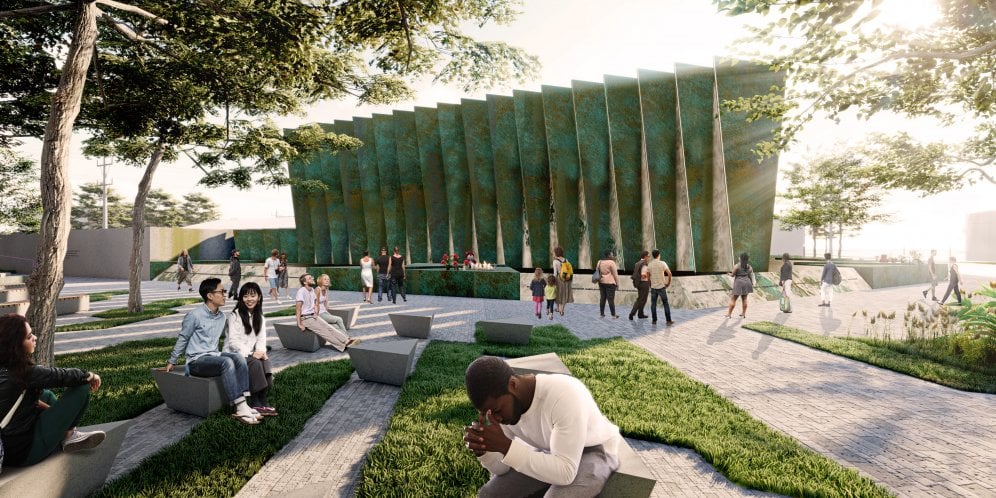
Orlando, Florida, USA
No thing, no tribute, no space will replace the 49 lives lost on June 12, 2016 at the Pulse nightclub. And yet, in tragedy we become something new, we transform. The Pulse community teaches the public what it is to become. To become is not simply to transform from one to another, but to hold a state of multiple identities together in tension. The Pulse Memorial signals a sense of radical hope, honoring the victims, survivors, and first responders of the Pulse nightclub tragedy. A half mile down the street is the Museum for Equality, focused on catalyzing action towards a more just and equal society.
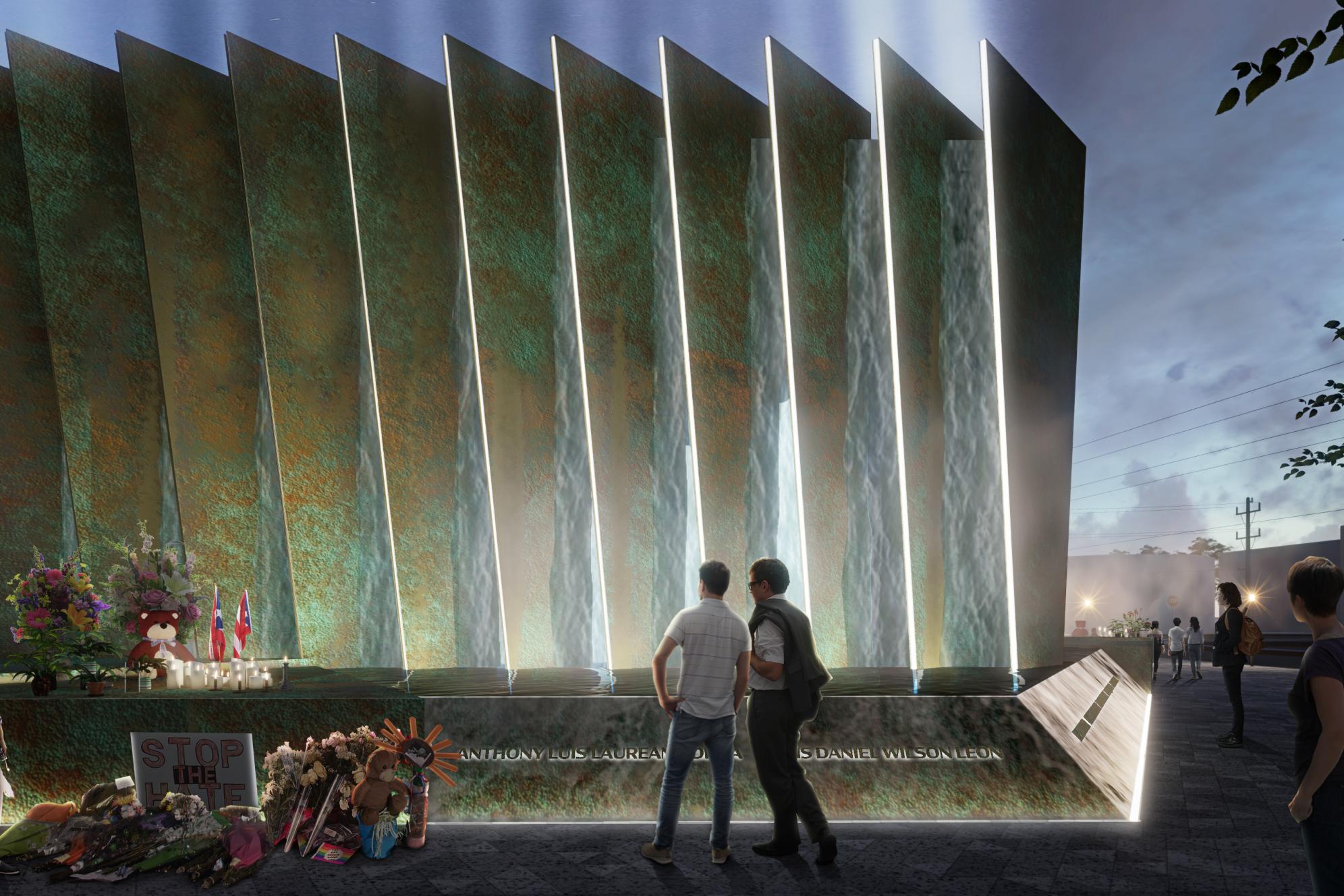
Following the tragedy at the Pulse nightclub, thousands of tributes were left, holding with them the memory of the victims. Committed to protecting these talismans and to honoring the ongoing healing process of the Pulse community, we decided to protect the nightclub structure, and leave it untouched as decisions around what to do with the structure continue to be debated. Thus, our memorial is a shroud of pillars around the nightclub, over which water rains down and the names stand on the chamfered edge of an elevated plinth. We are not convinced that an elaborate gravesite with names and dates does justice to these victims, so these are altars, spaces to welcome and receive tributes.
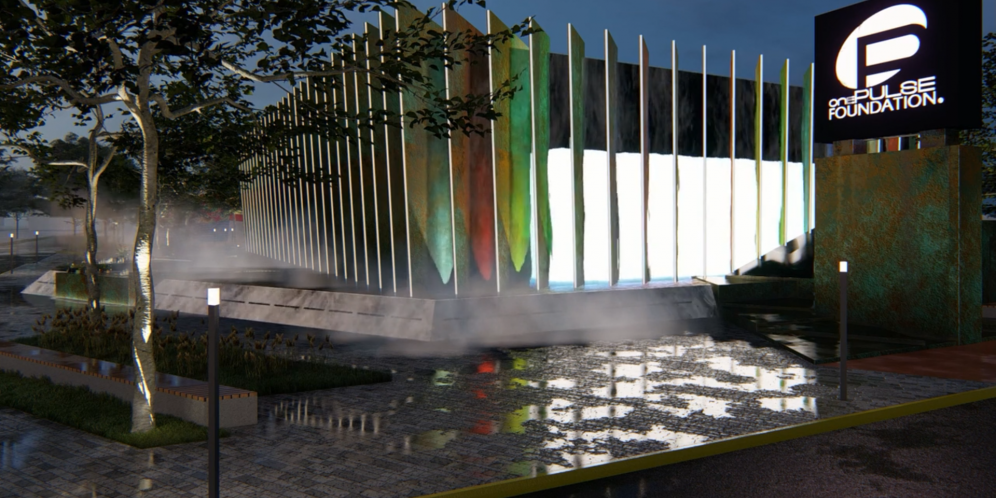
Pulse Memorial
Water washes down around these altars, and beneath the names of the 49. The water cools the air, and blocks the sound of traffic on Orange Avenue. The pillars are made of weathering copper, intentionally selected for it’s changing quality. 49 of these pillars light up at night. The nightclub is also illuminated, visible through the water, we see and feel it’s volume and presence but cannot engage it.
On key dates, beacons of light, visible from the pulse district, are emitted honoring victims, survivors, and first responders. Sound artists will create a piece that is not only audible, but physical, we will literally feel the Pulse, the cadence of 150 beats per minute. In many traditions, that which is obscured or enshrouded is ultimately the most powerful, sacred, and revered.
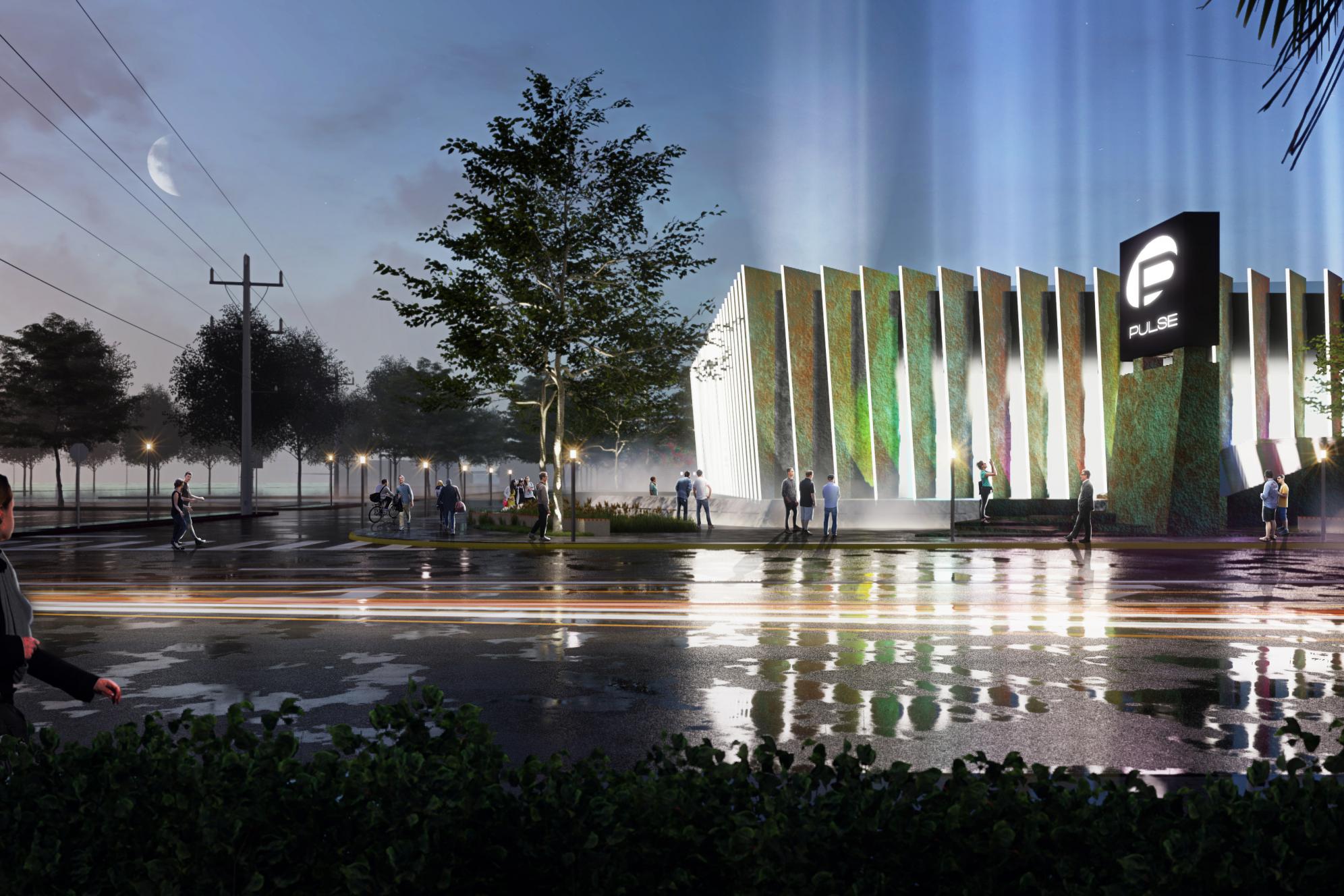
The broader site is a contemplative public realm. An amphitheater can hold space to celebrate and convene. It lifts above a comfort station working as an acoustical buffer to Kaley Street, creating a sacred ground for first responders. The survivor's garden offers a space of respite and reflection with seating amongst the canopy of existing trees. We imagine at times of the year, specifically on June 12th, this space can be inhabited by survivors to imagine themselves together with the angels, paying tribute to them. We believe these victims deserve a public place of ritual and memory, and a place for their stories to live on and to incite us to action.
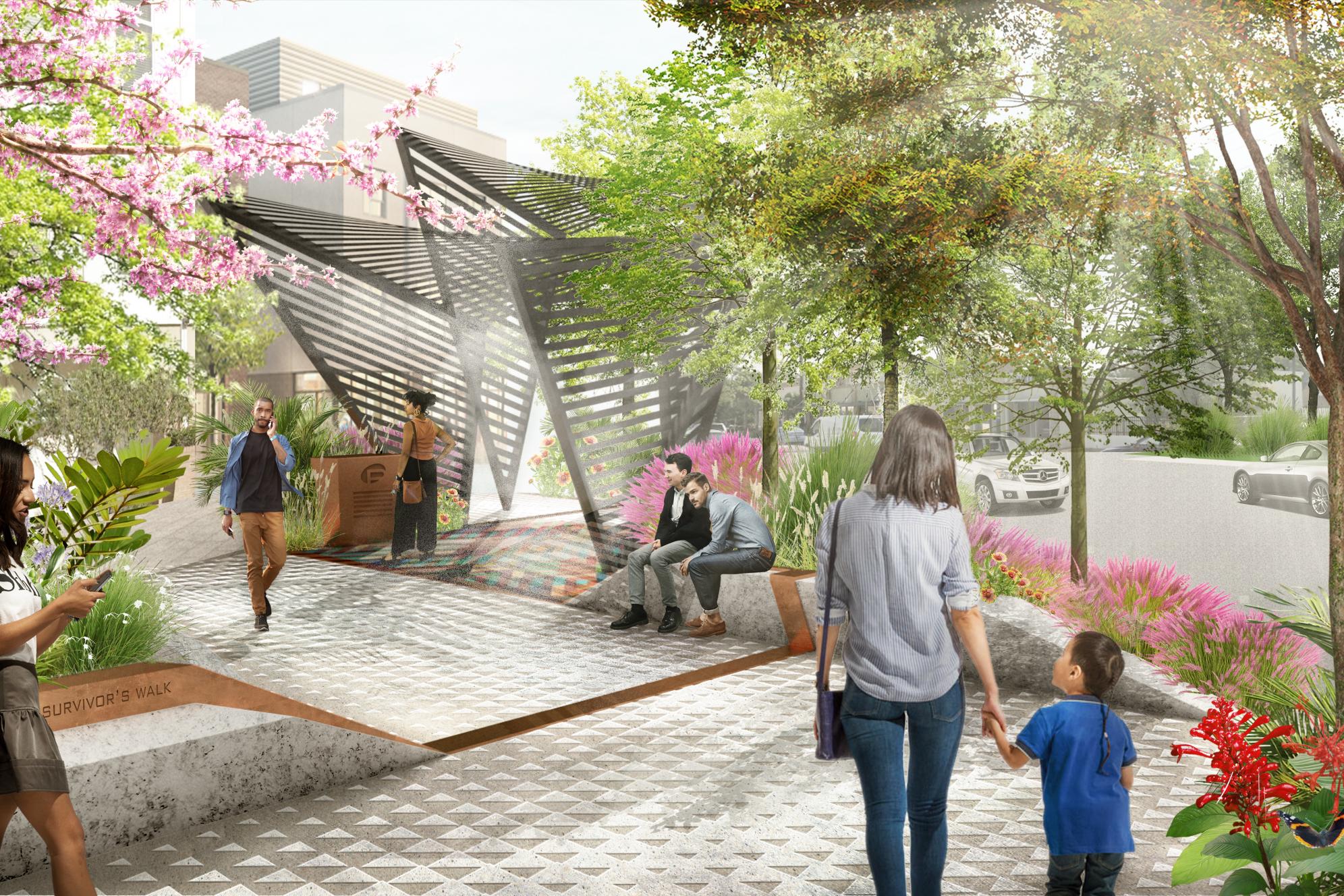
As Pulse survivor Brandon Wolf says: “Honor them with action, instead of shrinking with fear, we must rise to the challenge. Empower young people. Protest injustice. Live proudly and unashamed. Now is the time for us to honor the ones we’ve lost too soon not with words, but with courage, strength, and action.”
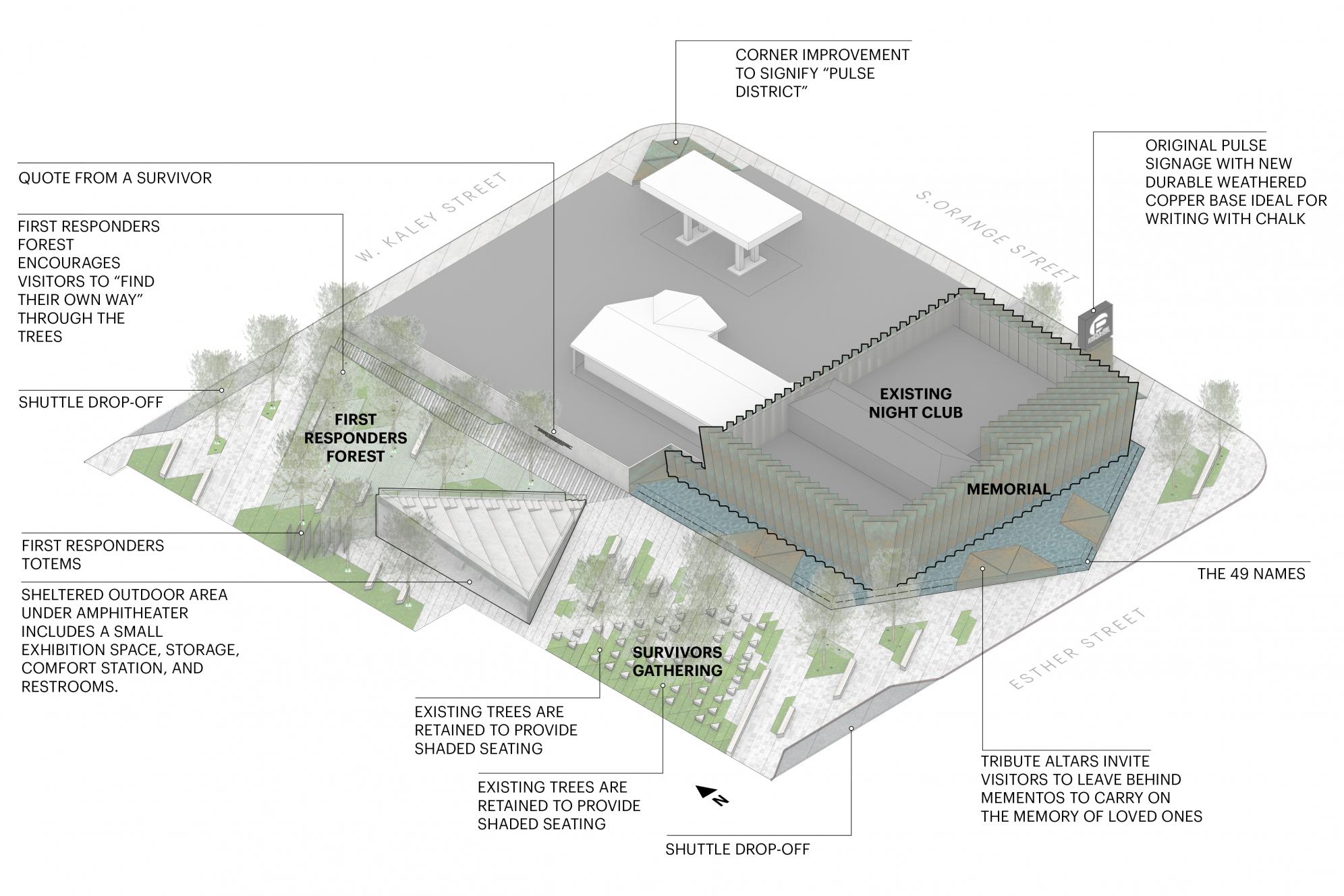
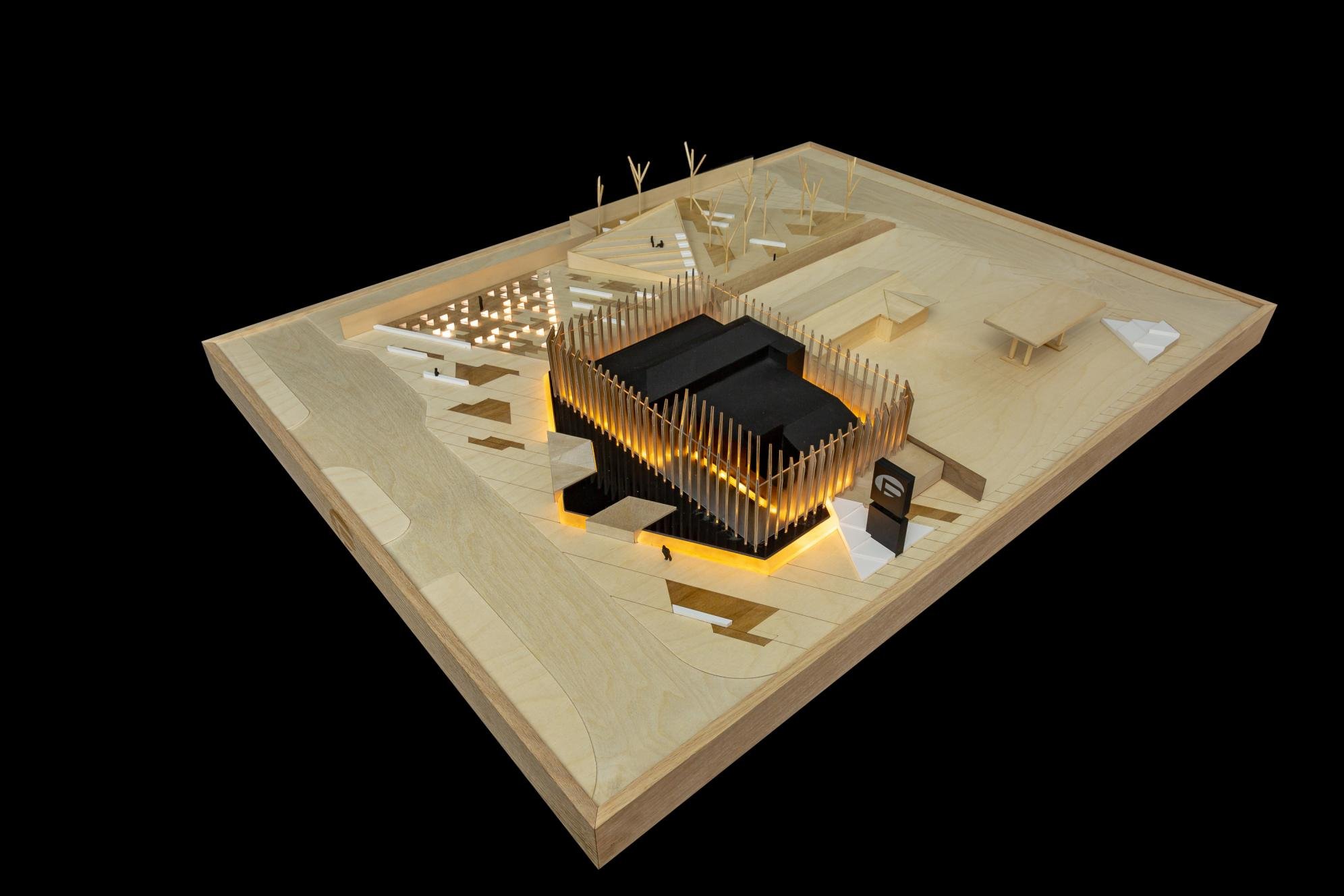
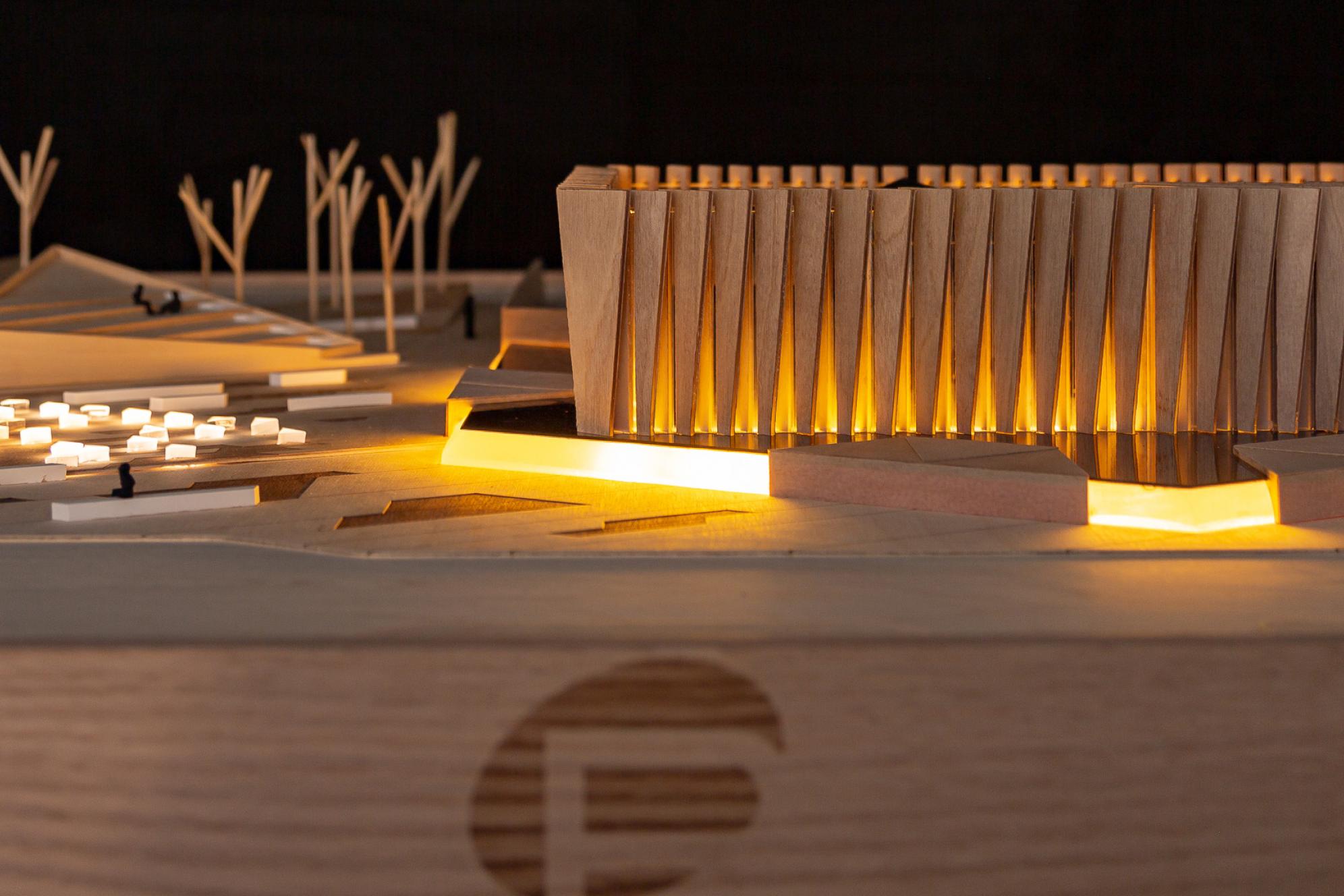
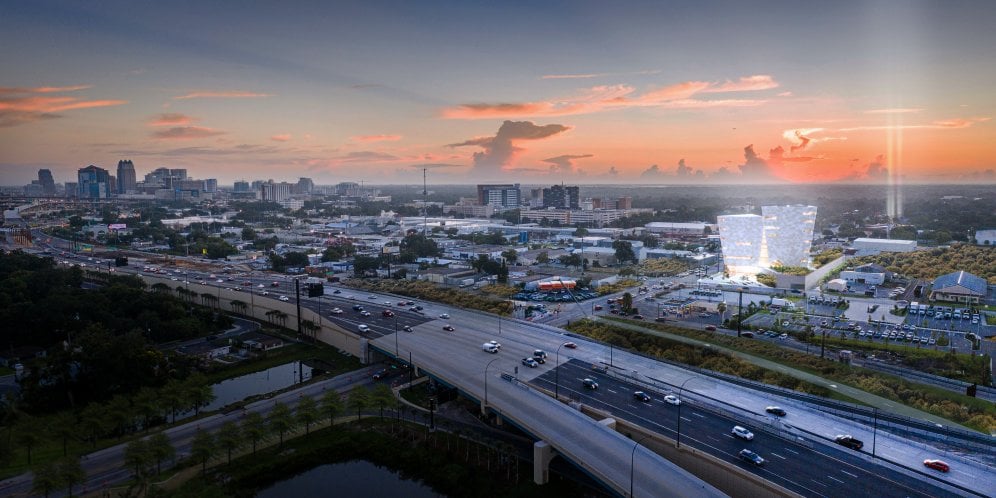
The Pulse Memorial and Museum for Equality
Team
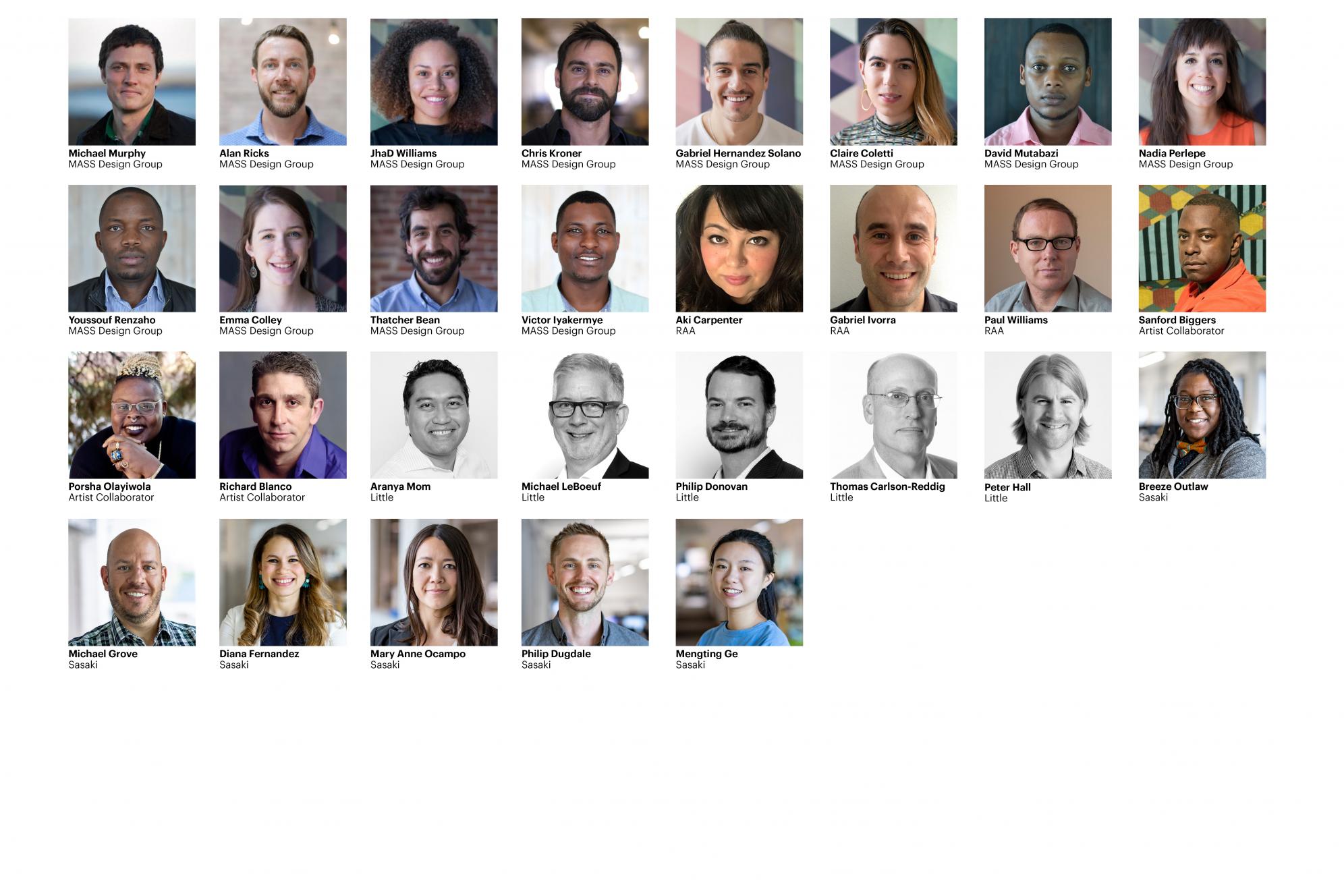
Project Details
28.5383, -81.3792
Location: Orlando, Florida, USA
Year: 2019
Status: Unbuilt
Size: 35,000 sq. ft.
Program: Memorial proposal honoring LGBTQ+ history and the victims of the Pulse nightclub shooting.
Services: Concept Design, Architectural Design
Clients:
OnePulse Foundation
Partners:
Little Diversified Architectural Consulting, Ralph Appelbaum Associates, Sasaki, Sanford Biggers, Richard Blanco, Porsha Olayiwola
